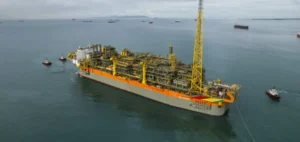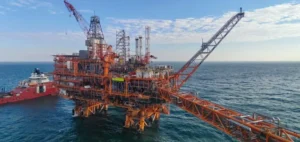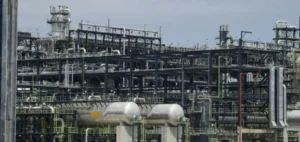China’s net crude oil imports exceeded refinery demand by 690,000 barrels per day (bpd) in October, up from 570,000 bpd in September. This gap reflects a continued stockpiling strategy at a time when global oil prices remain within a moderate range.
According to official data, Chinese refineries processed 14.94 million bpd in October, down from the two-year high of 15.26 million bpd recorded in September. During the same month, China imported 11.39 million bpd and produced 4.24 million bpd domestically, bringing total crude availability to 15.63 million bpd. The surplus was absorbed by either strategic or commercial reserves, although Beijing does not officially publish these figures.
An opportunistic purchasing strategy
Since March, China has consistently imported more crude than domestic demand requires, following a brief inventory drawdown in January and February when processing volumes exceeded available supply by around 30,000 bpd. This shift occurred as Brent crude reached an annual high of $82.63 on January 15, after rising from around $70 in early December.
Between July and October, oil prices fluctuated between $60 and $70 per barrel, creating favourable conditions for stockpiling. This trend appears to guide the purchasing behaviour of Chinese refiners, who adjust buying volumes based on pricing conditions rather than immediate domestic consumption needs.
An implicit role in global markets
China’s stockpiling behaviour directly impacts oil market expectations. As the Organisation of the Petroleum Exporting Countries and its allies (OPEC+) prepare to raise production quotas, analysts consider Chinese purchases as a potential absorber of any resulting global surplus.
In August, China recorded a surplus of 1.10 million bpd, before slowing its purchases in September—a period marked by elevated prices due to Middle East geopolitical tensions. Cargoes arriving in September were negotiated during the conflict between Iran and Israel, when Brent briefly reached $81.40 on June 23.
Although Chinese importers do not officially disclose their strategies, their actions suggest an active adjustment mechanism in response to market fluctuations. During price dips, stockpiling volumes increase, offering producers some stability, while in price surges, purchases slow down, exerting downward pressure.





















